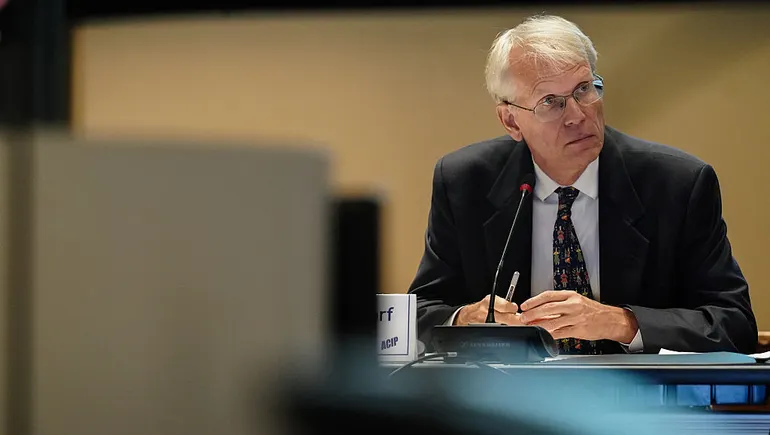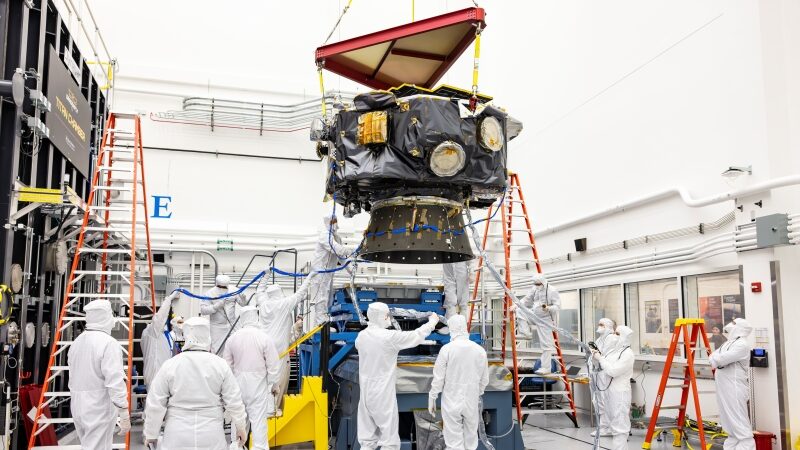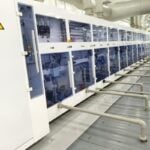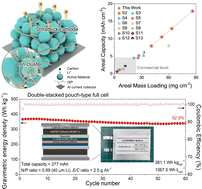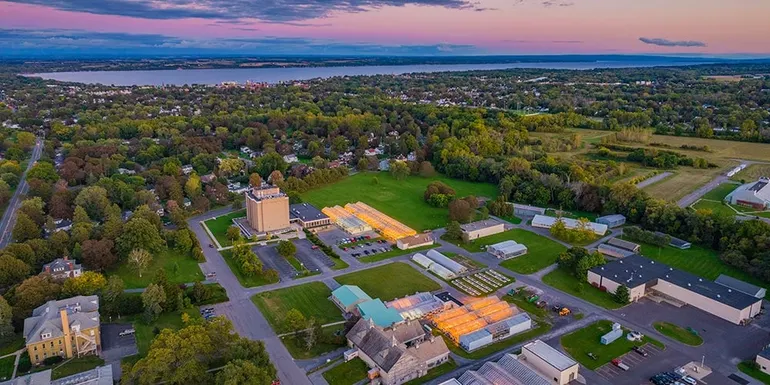Edward L. Shugrue III Offers a Clear-Eyed View of the Coming Shift in Commercial Real Estate
Edward L. Shugrue III says CRE faces restructurings, not collapse—driven by debt maturities, rising rates, and market reshuffling. The post Edward L. Shugrue III Offers a Clear-Eyed View of the Coming Shift in Commercial Real Estate appeared first on Haute Living.


It has become more evident that commercial real estate (CRE) in the US is bracing for a period of significant transition. Industry veteran Edward L. Shugrue III believes that the sector will witness a wave of asset turnover in the next few years, from foreclosures and forced sales to restructurings and ownership transfers.
Shugrue has 30+ decades of experience in lending, investing, restructuring, and securitization in the CRE and structured finance industries. As Managing Director at RiverPark, a financial services group known for managing public and private market funds with robust operational infrastructure, he oversees the RiverPark Floating Rate CMBS Fund (RCRIX).
Shugrue notes that a singular catastrophe won’t catalyze the pending tsunami of asset turnover; rather, it will be due to a convergence of financial realities, including a massive wall of debt maturities, rising interest rates, and reduced credit availability. The result won’t be a market collapse but a reshuffling of ownership and restructuring of the debt.
Shugrue particularly points to what insiders refer to as the ‘maturity wall’, as $1.3 trillion in CRE debt is expected to mature over the next two years. He notes that much of this debt is held by banks and private structures such as CMBS. In theory, this sounds like a market-crushing tsunami. Shugrue offers a more grounded analysis. “Yes, there will be losses, especially for equity owners. But this isn’t a repeat of the 2008 crisis. Think of it more as a structural reshuffling,” he says.
Shrugue also acknowledges that the market is facing pressure from rising interest rates and constrained credit availability. However, the underlying mechanics of how CRE debt is structured, particularly in CMBS, create structural protections for investors. In CMBS, bondholders are well insulated. The property cash flows are lockboxed, and servicers may advance funds to cover property taxes and maintenance, should there be a shortfall. More importantly, CMBS structures offer critical time to extend the loan while the asset recovers.
The situation is different for the property owners (known as ‘equity’) and mezzanine lenders. “If the value of an office tower drops significantly due to rising interest rates, while the equity may be wiped out as well as subordinate lenders such as mezzanine holders, the CMBS loan is typically immune to these losses due to the credit enhancement afforded by the equity and mezzanine,” Shugrue states.
What should investors think about the landscape? As Shugrue emphasizes, it’s essential to understand that most commercial real estate is valued using capitalization rates that are often closely tied to interest rates. As Treasury yields rise, capitalization rates typically increase, in turn lowering real estate values. Furthermore, following the pandemic, office vacancies have continued to decline, though they are now stabilizing.
“Again, the structures matter,” Shugrue remarks. “CMBS loans are generally 5- or 10-year terms, but they sit inside 30-year trusts. That means the special servicer has the ability to restructure loans and provide more time to pay down debt, find new financing, or simply wait for rates to normalize.” Shugrue asserts that time is often a CRE property’s most valuable asset. “Many of these problems are temporal,” he adds. “We’ve seen this before. Often, the best solutions involve providing the breathing room needed to weather the cycle.”
This pattern of distress, disruption, and replacement has become the new normal. The buildings don’t vanish even when ownership changes and the mortgage is restructured. “Real estate doesn’t care who owns it,” Shugrue says. “At the end of the day, it’s still brick-and-mortar with a purpose.”
The post Edward L. Shugrue III Offers a Clear-Eyed View of the Coming Shift in Commercial Real Estate appeared first on Haute Living.



































































